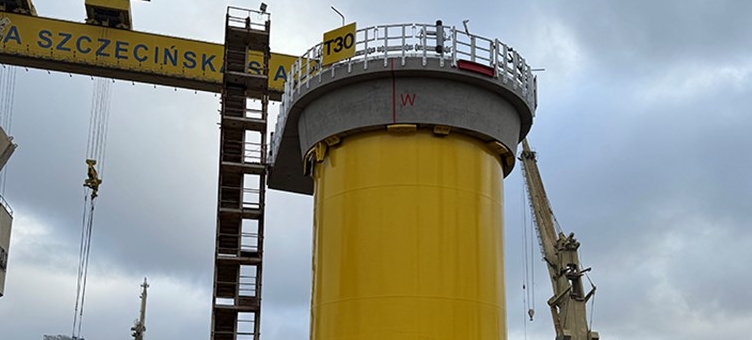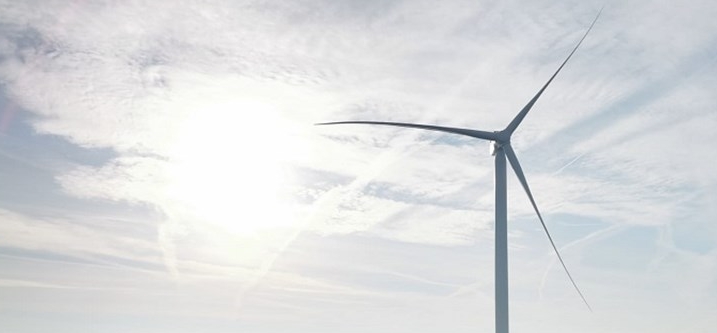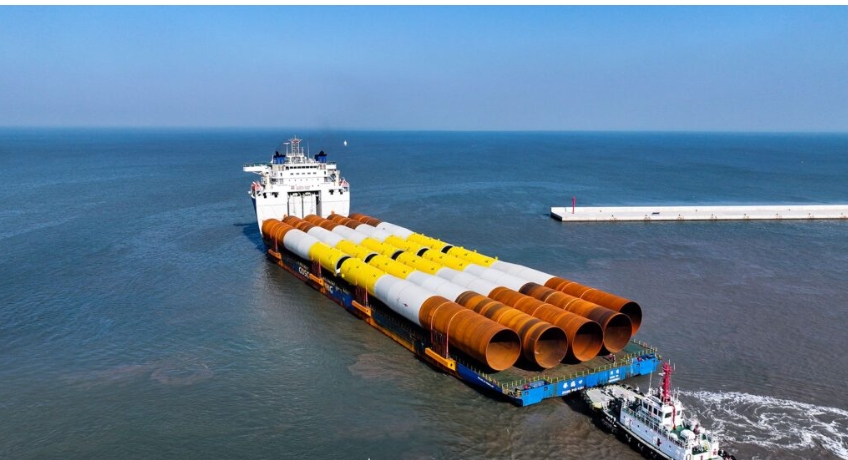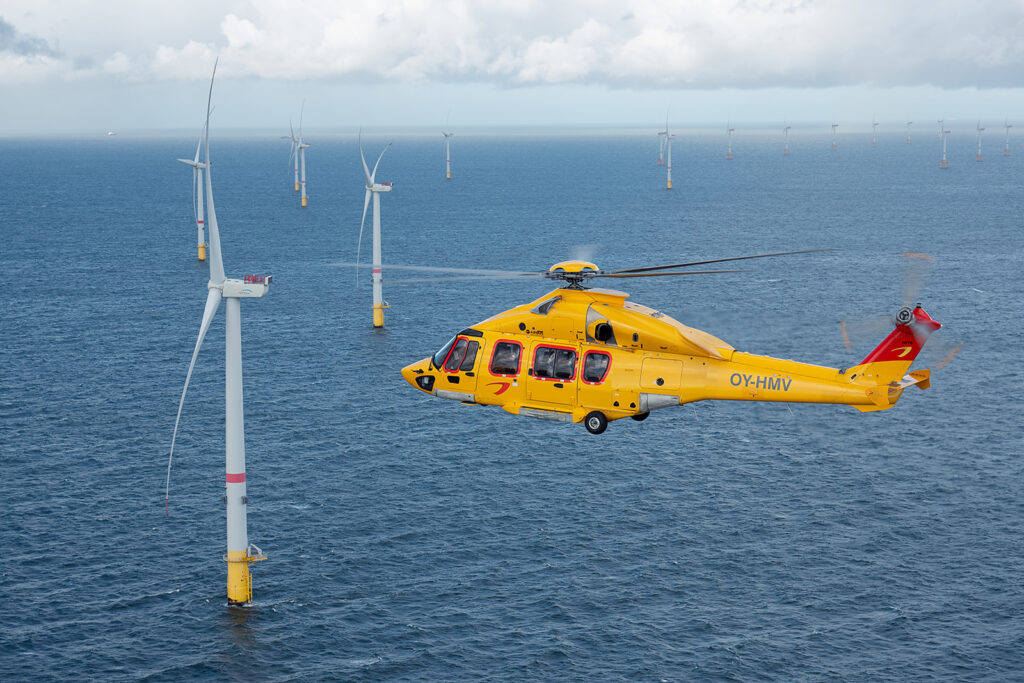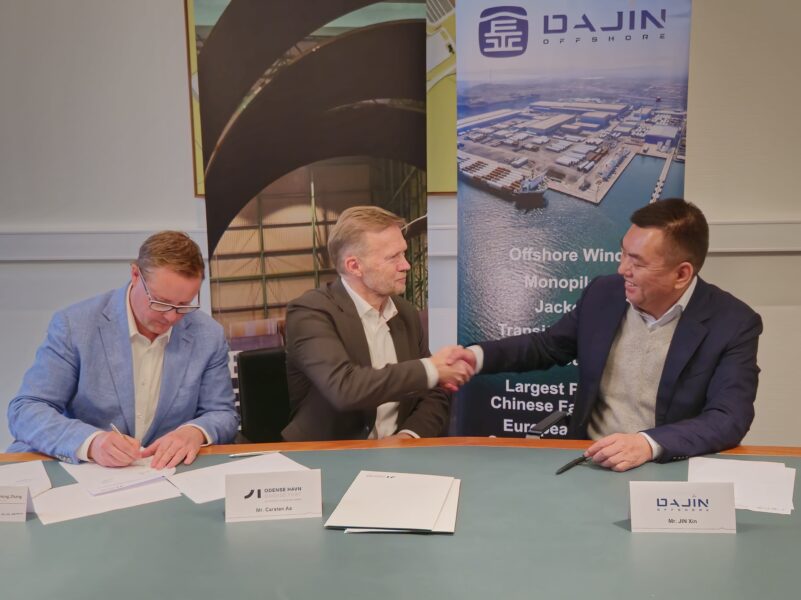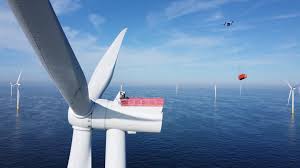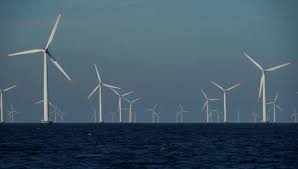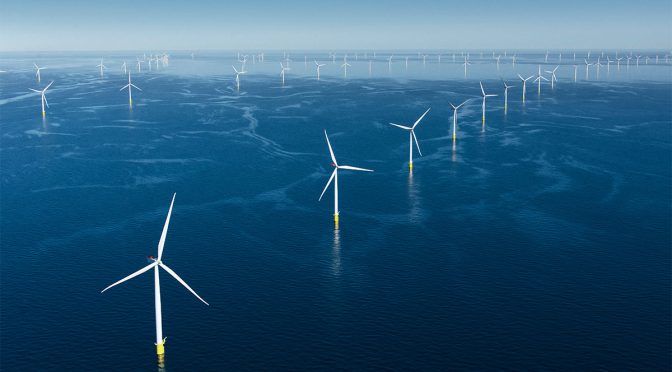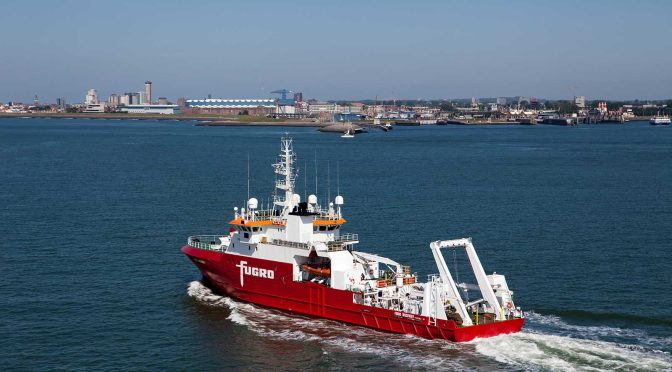
Günther Fenle, Project Director Thor Offshore Wind Farm, RWE Offshore Wind: “We are looking forward to using the data collected by Fugro to finalise the layout of the wind farm and to determine the routes for the inter-array and export cables. This is an important step towards the start of the construction works at sea in 2025.”
Marc Kebbel, Fugro’s Service Line Director of Hydrography and Cable Route Surveys: “We are using a wide range of survey techniques, comprising offshore and nearshore standard geophysical and UXO surveys techniques, a seismic land refraction survey, and last but not least, Fugro’s rapid airborne multibeam mapping system (RAMMS) for comprehensive mapping of the shallow area and beach in the transition zone.”
The UXO campaign for RWE’s Thor offshore wind farm will run until December 2023. “The metocean challenges posed by Thor’s exposed offshore location, such as high waves and strong wind in autumn and winter are adding to the complexity. Our ongoing collaboration with RWE reinforces our position as a trusted partner in the development of clean energy solutions”, added Marc Kebbel.
With a planned capacity of 1,000 megawatts (MW) Thor will be Denmark’s largest offshore wind farm to date. Once fully operational, which is planned to be no later than 2027, Thor would be capable of producing enough green electricity to supply the equivalent of more than one million Danish households.
RWE is a leading global player in renewables and number 2 worldwide in offshore wind. The Thor project will help to support the company’s goal to grow its global offshore wind capacity from 3.3 to 8 gigawatts by 2030.
RWE is already involved in the Danish Rødsand 2 offshore wind farm, which is located south of the Danish island Lolland, approximately 10 kilometres southeast of Rødbyhavn. The wind farm has an installed capacity of 207 MW (RWE share: 20%) and has been in operation since 2010.
